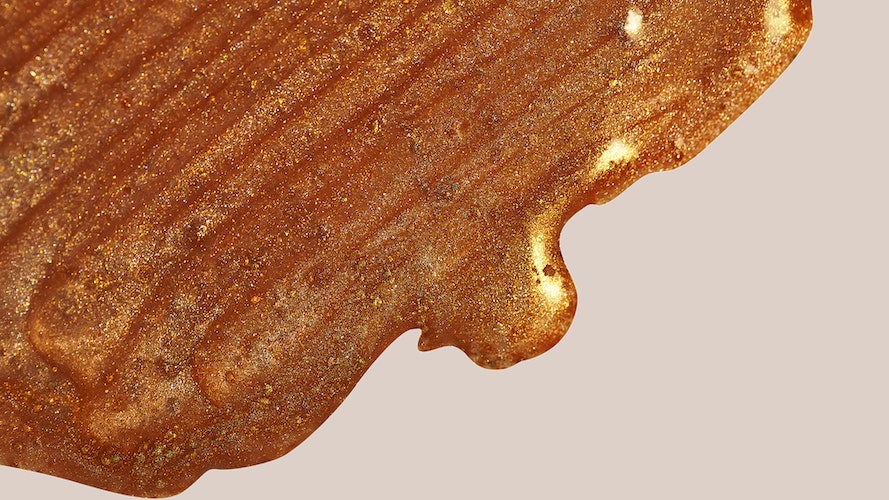I Got Professional Dermaplaning — And It Wasn’t What I Expected
[email protected] | July 27, 23
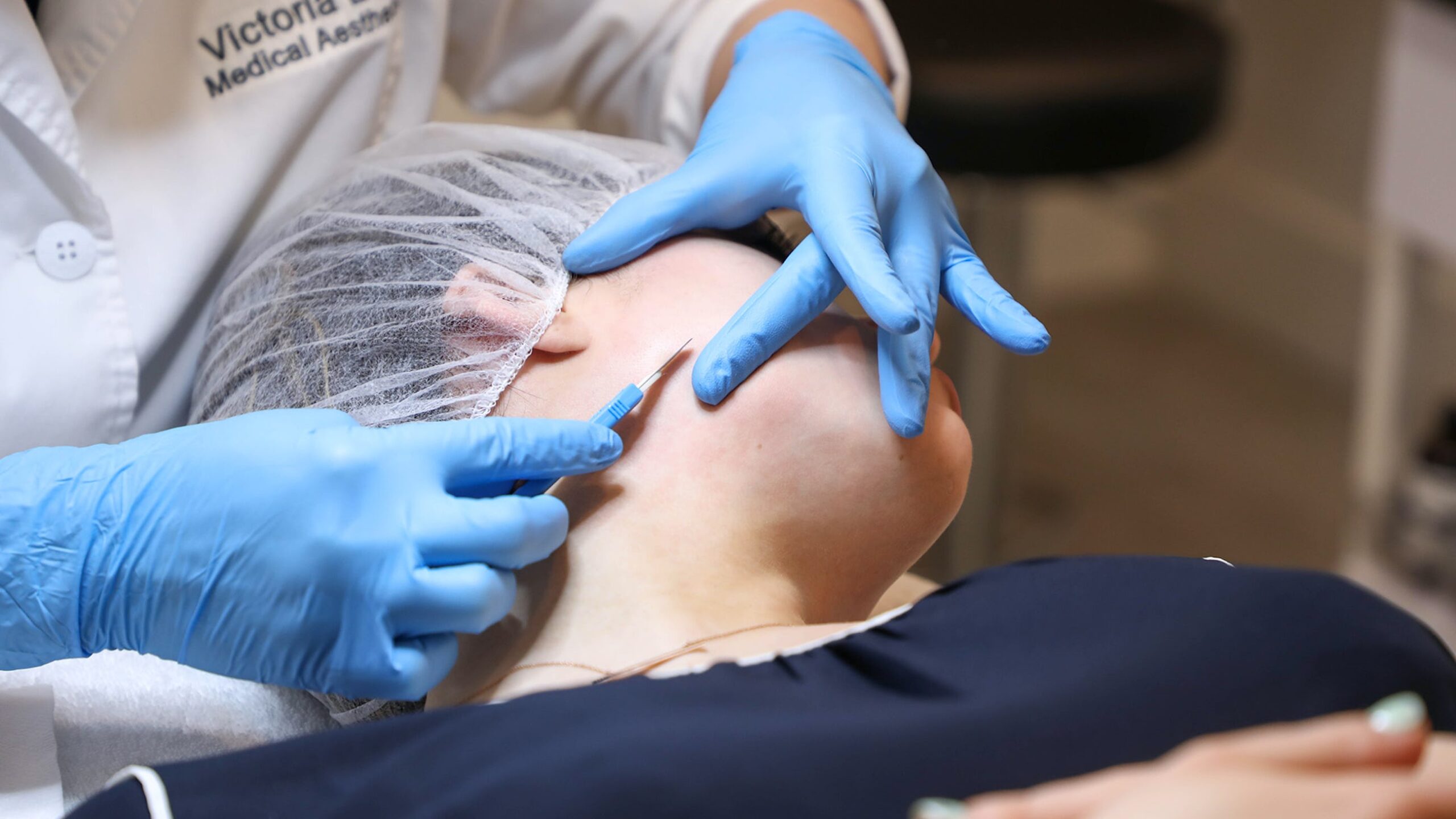
Ihave a fuzzy face, and I’m not ashamed to admit it. Perhaps it’s because working in the beauty industry has desensitized me to things that used to make me blush . . . or maybe it’s because I’ve learned that literally everyone has some degree of fuzz — scientifically known as vellus hair — coating their faces. In my experience, vellus hair is particularly irksome under makeup. Foundation has a way of clinging to the hairs and imparting a peach fuzz finish. I’d rather look like a nectarine, thank you very much.
Dermaplaning is one way to address fuzziness. The treatment is technically a type of deep exfoliation, and relies on a scalpel to literally slough off the outermost layer of dead skin — while simultaneously shearing that downy layer. The treatment dates back to the 1980s, but it’s still garnering significant buzz a good 30 years later. Today, dermaplaning is offered by myriad providers. Furthermore, the concept of shaving off facial debris has even trickled down to DIY devices. (Read my review of the popular Dermaflash® device.)
Admittedly, I’d been hesitant to try professional dermaplaning, mostly because I’d feared that it would leave me with a newfound five o’clock shadow. (Isn’t that what shaving does, after all?) But after copious research, I decided that the benefits — seal-soft skin with a fuzz-free finish — were worth the risk.
So, I ventured to Tribeca Medspa℠ to try a professional dermaplaning facial treatment with aesthetician Victoria Lewis. Below, I am sharing four things I learned about the treatment — including whether or not I experienced problematic regrowth — and the before and after photos from my dermaplaning facial.

Truth #1: Dermaplaning Is Painless.
I recoil at the sight of sharp things near my face (as I assume anyone does). So, when my aesthetician retrieved a sword-like surgical tool — a scalpel — to use for my treatment, I felt slightly unnerved. Lewis reassured me that the treatment is comparable to shaving and thus would not hurt; logically, I understood, but it was only when she actually touched the scalpel to my face that I was able to fully relax. Within a few moments, I realized that dermaplaning is much more soothing than it looks. Instead of sharpness or intense abrasion, I felt nothing but soft, gentle strokes across my skin.
Truth #2: Dermaplaning Is Speedy.
Whenever I schedule any sort of treatment, I block off a few hours to account for the inevitable prep, steps, aftercare, etc. As it turns out, I needn’t cancel any plans for dermaplaning. The treatment took a grand total of 20 minutes.
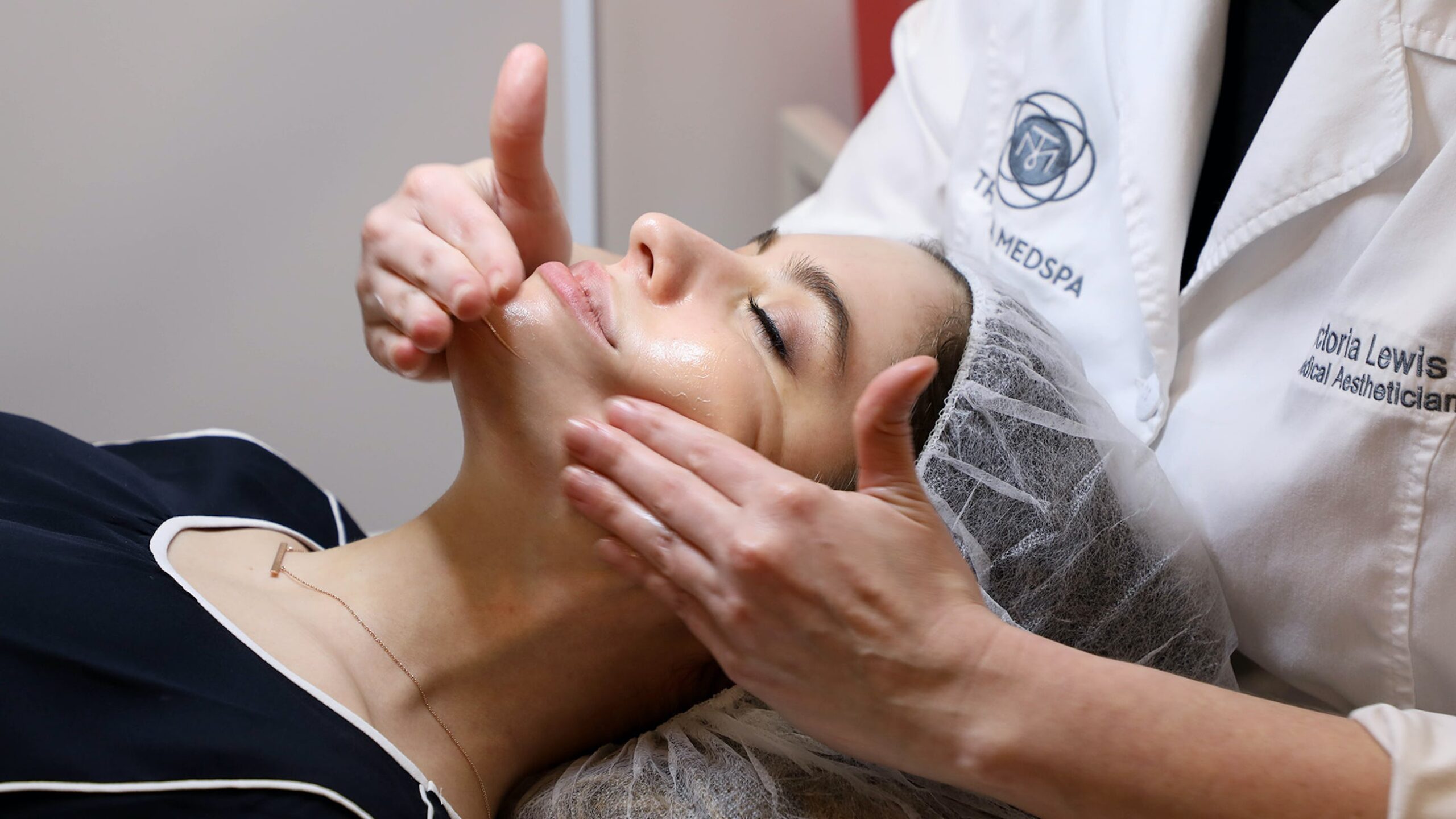
Let’s review the steps: First, the aesthetician prepped my skin with alcohol to remove excess oil, dirt, and other impurities (five minutes). Then, she unwrapped the aforementioned scalpel. Holding the blade parallel to my skin, she traversed the entirety of my face in a series of systematic strokes (15 minutes). When she was finished sloughing, she applied a series of soothing post-care products (five minutes). The exact products used can vary depending on where you go, but the roster often includes soothing, hydrating, and anti-inflammatory products to quell any irritation caused by the treatment.
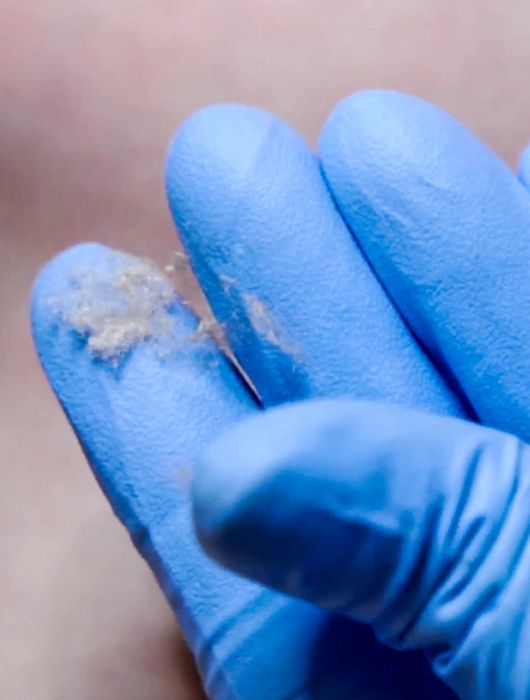
Truth #3: Dermaplaning Does Not Make Your Hair Grow Back Thicker.
According to my aesthetician, many women fear that dermaplaning will cause unsightly regrowth. As it turns out, this common concern is also an absolute misconception. Unlike the thick hair that sprouts from your armpits or men’s faces (which is called terminal hair), vellus hair is significantly finer and generally devoid of pigment. Ultimately, when the hair grows back, it’s just as fine as it was before treatment.
That said, when my hair started to grow back a week or so post-treatment, my skin did feel less smooth than it had before I’d dermaplaned — not stubbly, per se, but almost sandy. This sensation lasted for a few days before my hair fully returned to its original pretreatment state. And, just as my aesthetician had promised, I didn’t experience any visible regrowth.
Truth #4: Dermaplaning Is An Investment.
Smooth, fuzz-free skin comes at a price. Depending on where you live, dermaplaning can cost somewhere in the ballpark of $100 to $150 per treatment. Results last anywhere from a week or so to a month, depending on how quickly your hair grows. If maintaining year-round results isn’t in your budget, consider splurging for a special event. Interestingly, my aesthetician shared that many makeup models undergo treatment before close-up photographs.
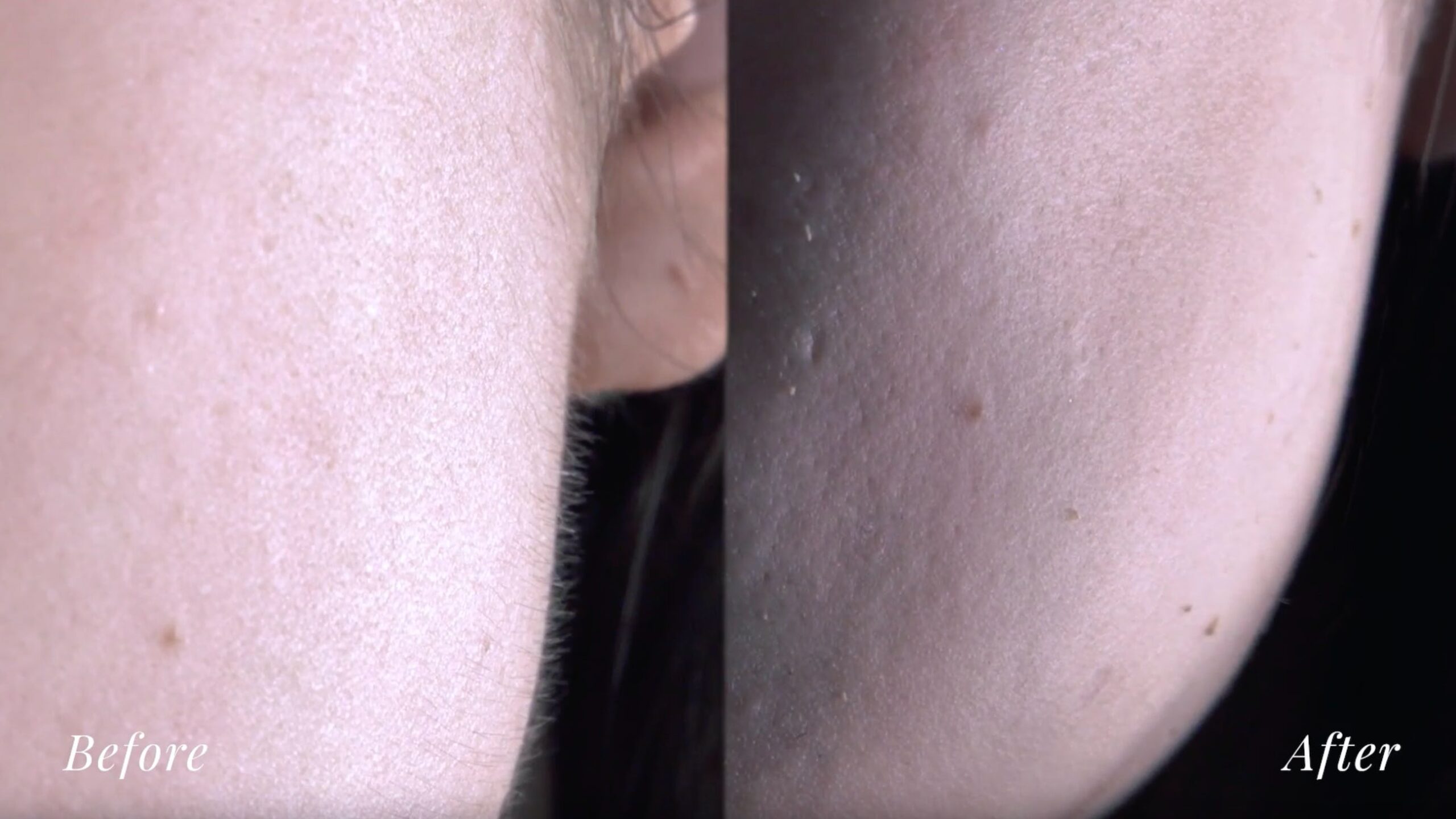
Complimentary service was provided to the author for the purpose of writing this article.






